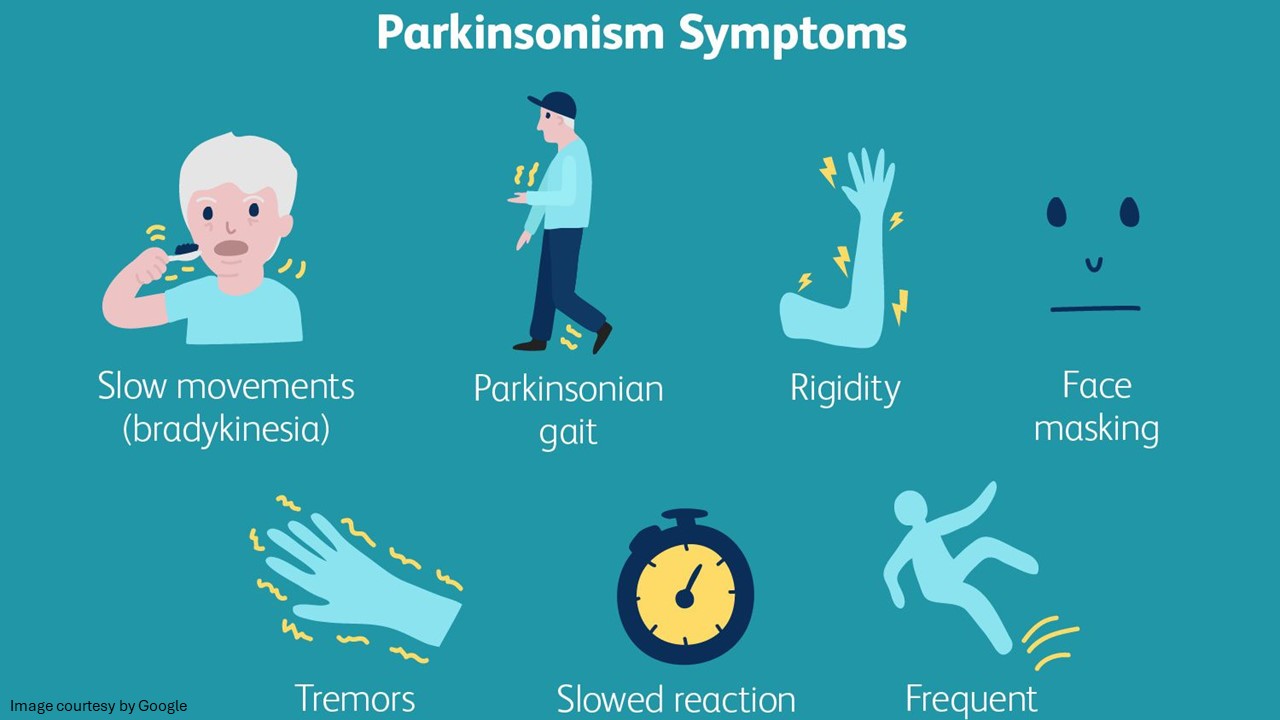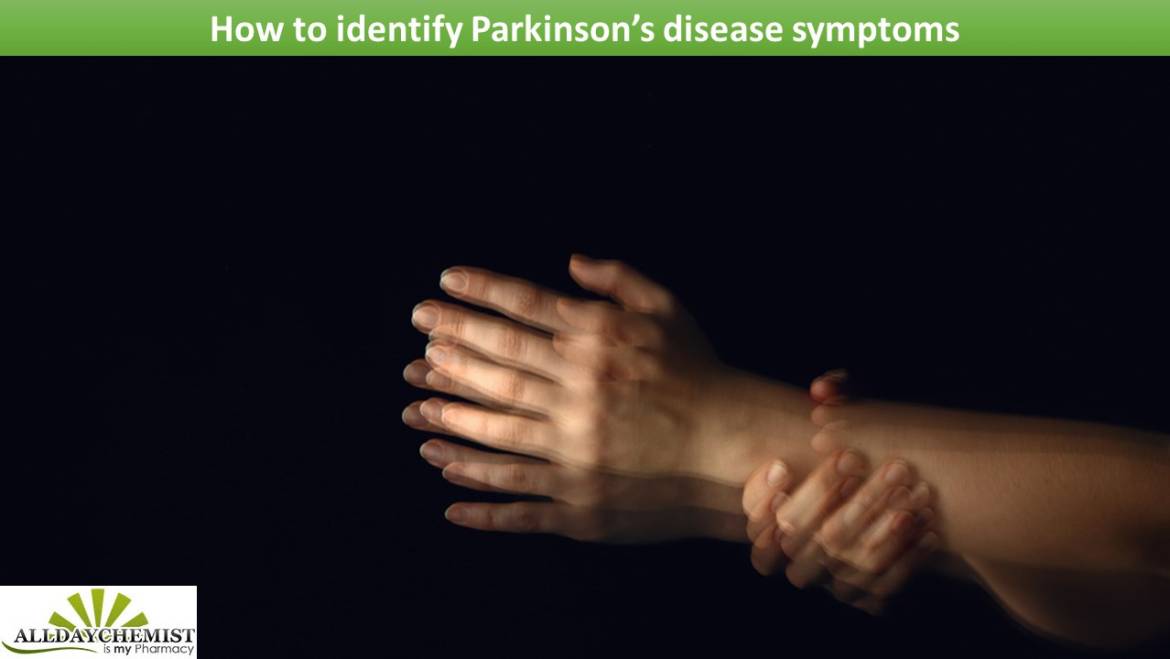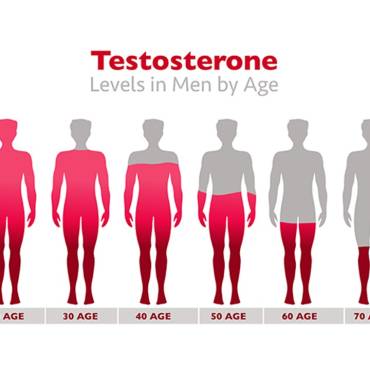It is estimated that more than a million Americans live with Parkinson’s disease. This number has risen steadily over recent years. One has to realize that Parkinson’s is a chronic and progressive disease that is neurological. In most cases, there is no known Parkinson’s cause, but some are inherited. This disease has several symptoms, which may be psychological or physical. A variety of medicines are available to manage the symptoms of Parkinson’s disease. Parkinson’s disease medication is directed at easing these symptoms and improving quality of life.
Parkinson’s disease is a neurological disease, and most of its early signs are subtle and may vary in different individuals. Sometimes, the disease may go unnoticed for years before the tremors are too obvious to overlook. It is strongly recommended that you should get yourself checked by a healthcare provider, especially if the person’s family has a medical history associated with Parkinson’s disease. After identifying your medical history and other factors, your healthcare specialist will prescribe Parkinson’s medications tailored to each patient’s unique symptoms. Parkinson’s treatment is started when symptoms begin to interfere with a person’s ability to perform their daily activities.
Early Symptoms
Many subtle Parkinson’s disease symptoms are usually overlooked. If these early signs of Parkinson’s disease are identified early, then it may be useful in getting medical intervention and tackling the disease before it becomes debilitating. Although there is no standardized set of early signs of Parkinson’s, the following symptoms are generally considered to identify Parkinson’s disease:
– The diminishing sense of smell
– History of constipation
– Body movements in sleep
– History of depression and anxiety
In addition to these, the following Parkinson’s disease early symptoms may also indicate Parkinson’s:
– Conversing in a low-volume voice
– Slurring
– Low blood pressure when standing
– Foot cramps
– Changes in personality
– Skin problems
– Drooling
– Increased sweating
– Increased urination urgency
– Erectile dysfunction
Physical Symptoms
Parkinson’s disease is a progressive neurological disorder whose root lies in the reduced production of chemical messengers to the brain’s neurotransmitter. This chemical messenger is known as dopamine. Parkinson’s disease depletes the brain of dopamine.
Dopamine plays a vital role in muscle control and movement. Thus, a brain depleted or low on dopamine will not have complete control over muscle function. This lack of muscle control manifests in different motor Parkinson’s symptoms that affect movement. Parkinson’s disease becomes more progressive as the dopamine levels in the body decrease. The most noticeable signs of Parkinson’s disease are the tremors in movements and slurred speech. These symptoms become more visible when almost 80% of the brain’s dopamine is exhausted.

There are four major physical symptoms of Parkinson’s:
-
- Trembling hands, legs, jaw
- Muscle rigidity
- Slow body movement
- Poor posture
Usually, these symptoms begin at one side of the body and gradually progress to the other side. There are also symptoms related to vision. A person with Parkinson’s will have difficulty focusing on objects and may suffer from dry eyes and eyestrain. In addition to this, a person may have trouble opening their eyes or may blink excessively.
Cognitive Impairments- A person who has Parkinson’s also suffers from cognitive impairments. Such people struggle to be attentive, solve common problems, or make snap decisions. Such changes are gradual and usually not very obvious. Such cognitive impairments become much more obvious as the disease progresses.
The decrease in dopamine in the brain influences almost all the things associated with daily activities, such as:
-
- Inability to decide or plan
- Seemingly easy tasks seem troublesome
- Difficulty in remembering memories
- Difficulty in being attentive in a group conversation
A person who has Parkinson’s is also at an increased risk of suffering from hallucinations or dementia.
Progressive and Degenerative Parkinson’s disease are believed to progress in five stages. However, with advanced medical intervention, skipping intermediate stages and focusing treatment in a particular area is possible. For example, a particular person suffering from cognitive impairment may skip motor function treatment to address cognitive issues.

Here are the five Parkinson’s disease stages through which Parkinson’s progresses:
Stage I: Motor impairments are confined to one side of the body.
Stage II: Motor impairments are visible on both sides of the body.
Stage III: Maintaining balance becomes difficult
Stage IV: Motor functions deteriorate, and the person becomes increasingly dependent on physical activities
Stage V: The person is bedridden
Medicinal treatment for Parkinson’s patients
There is no cure for Parkinson’s disease; the symptoms can be treated with the use of appropriate medications. Before making any decisions about treating Parkinson’s disease, fix an appointment with a physician. He will be the right person to guide you on this. Your physician will assess you and discuss the pros and cons of Parkinson’s medications and will prescribe the best that works for you. He can further adjust your treatment plan based on your treatment response.



